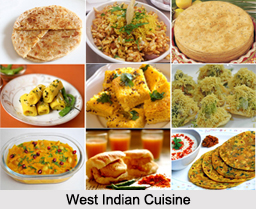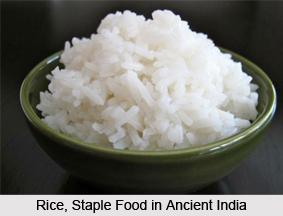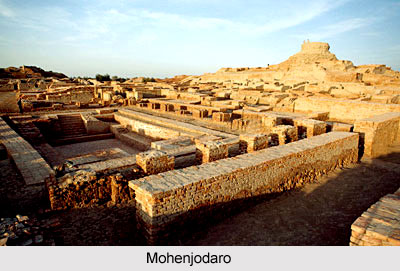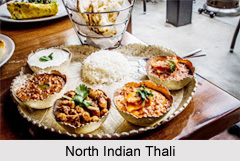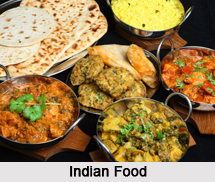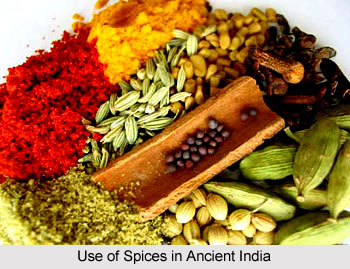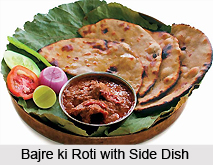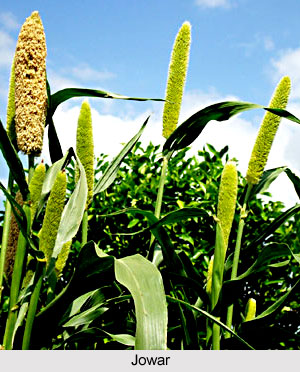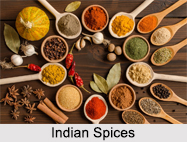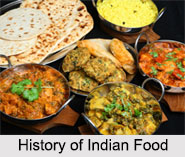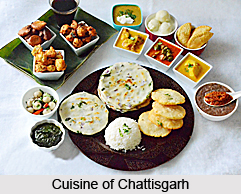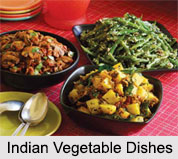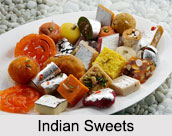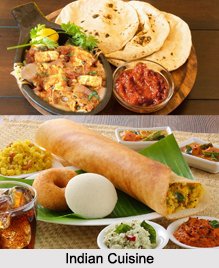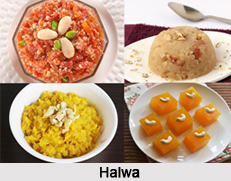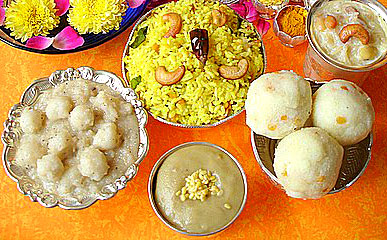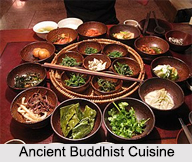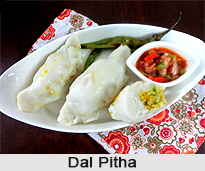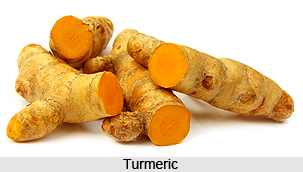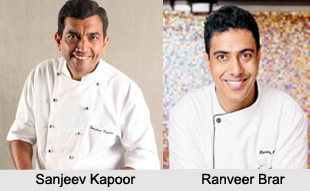The nutrition that the human body assimilates through the ingestion of food is turned into blood. This blood travels through the different organs. Blood is being constantly manufactured, purified, and also replaced. In a normal, healthy human body, the amount of blood is nine per cent of the body weight.
Blood is a specialized bodily fluid and is composed of blood cells suspended in a liquid called blood plasma. Plasma is predominantly water and it is measured as 55% by volume. Bloos plasma also contains dissolved proteins, salts, and cells. The blood cells present in blood are mainly red blood cells also called RBCs or erythrocytes and white blood cells, including leukocytes and platelets also called thrombocytes.
All the three have their own allotted functions to perform. The red corpuscles act as oxygen carriers whereas the white corpuscles act as guards who fight infection. The platelets help in the coagulation of the vital fluid in cases of injury. The fluid is the main constituent of blood and it usually carries the various salts and proteins, which nourish the tissues. Blood restores the tissues and replaces the energy that all of us lose through the use of our body. It journeys downwards from the heart that pushes it through the body. It carries the various waste products like carbonic acid gas to be exhaled by the lungs, and the urea and the salts to be removed by the kidneys. Blood form a general medium of communication between the organs that are chemically interdependent. It also carries different materials to different destination. To the stomach it carries the materials for the gastric juice. To the muscles it carries the ferments formed in the pancreas and it absorbs secretions needed for the general purposes of the body, like those of the thyroid gland and the suprarenal glands.
The most abundant cells in blood are red blood cells. These contain hemoglobin, which is an iron-containing protein. This haemoglobin facilitates transportation of oxygen by reversibly binding to this respiratory gas and greatly increasing its solubility in blood. In contrast, carbon dioxide is almost entirely transported extracellularly dissolved in plasma as bicarbonate ion. Blood is circulated around the body through blood vessels by the pumping action of the heart. Arterial blood carries oxygen from inhaled air to the tissues of the body, and venous blood carries carbon dioxide, a waste product of metabolism produced by cells, from the tissues to the lungs to be exhaled.
According to Ayurveda blood is formed from ahara rasa, which is produced as a result of the assimilation of food. Ahara rasa is driven by prana vayu through the vessels to the heart, and from there it carried to the different parts of the body. From the ahara rasa are produced the different dhatus of the body, the first of them being the rasa dhatu and that is the raw material of blood.
